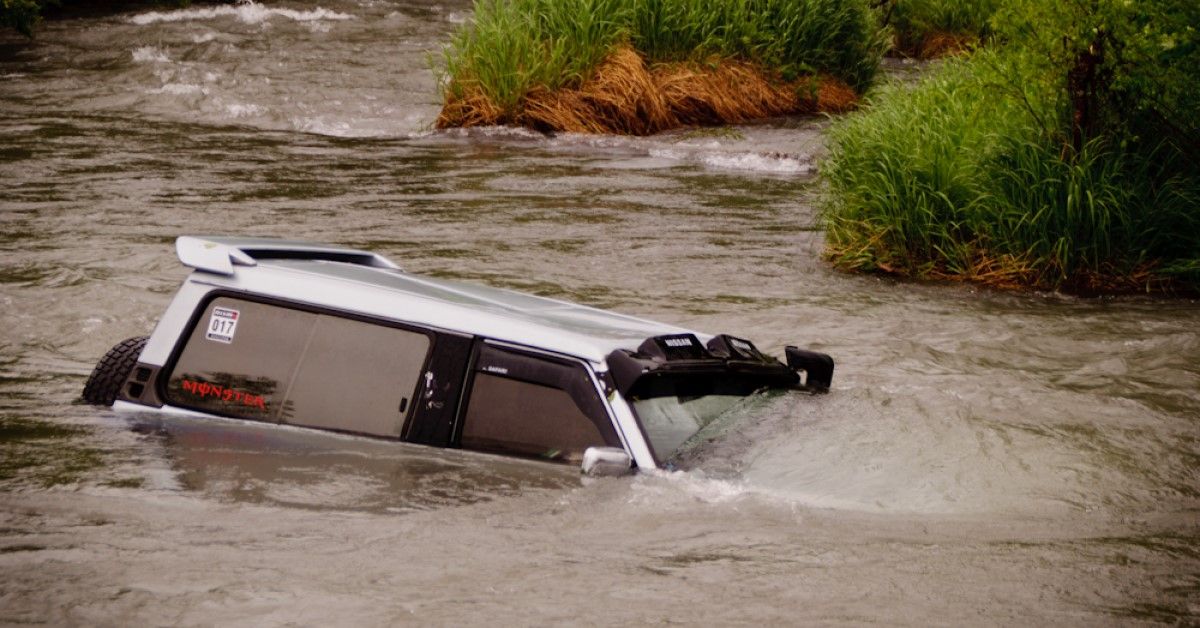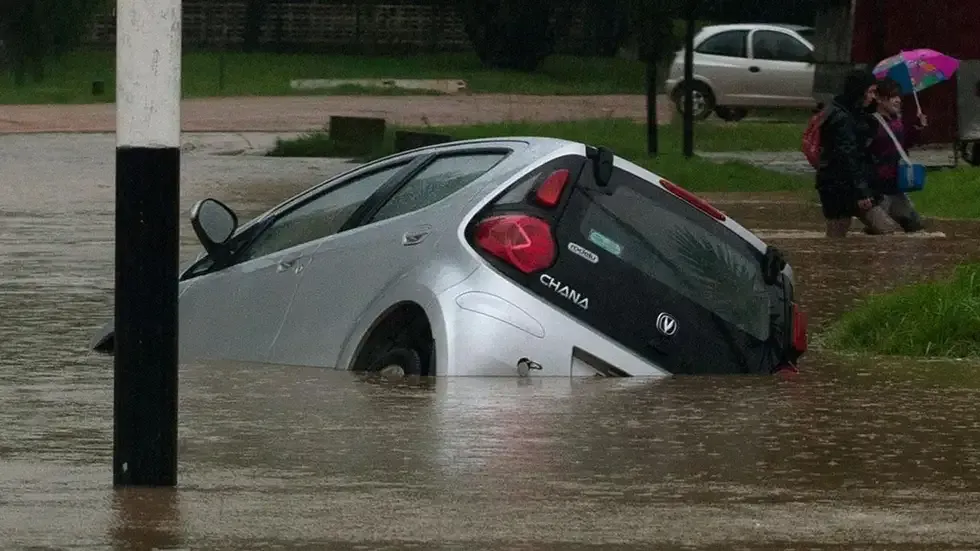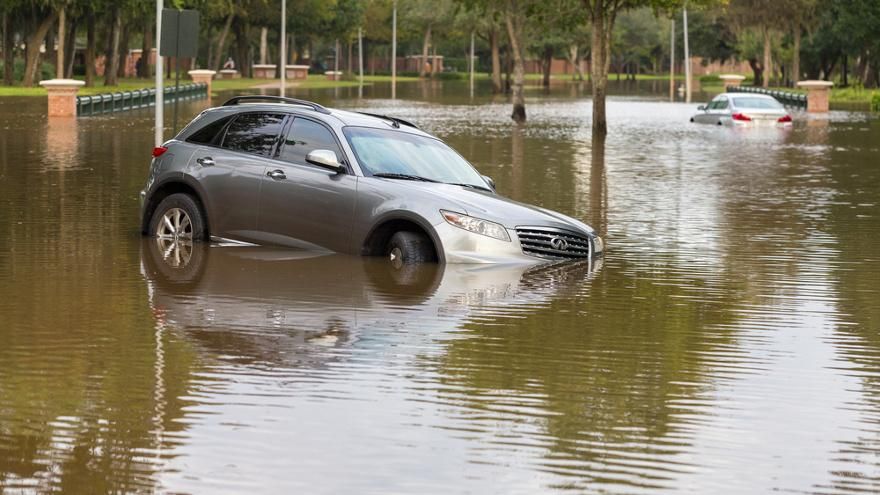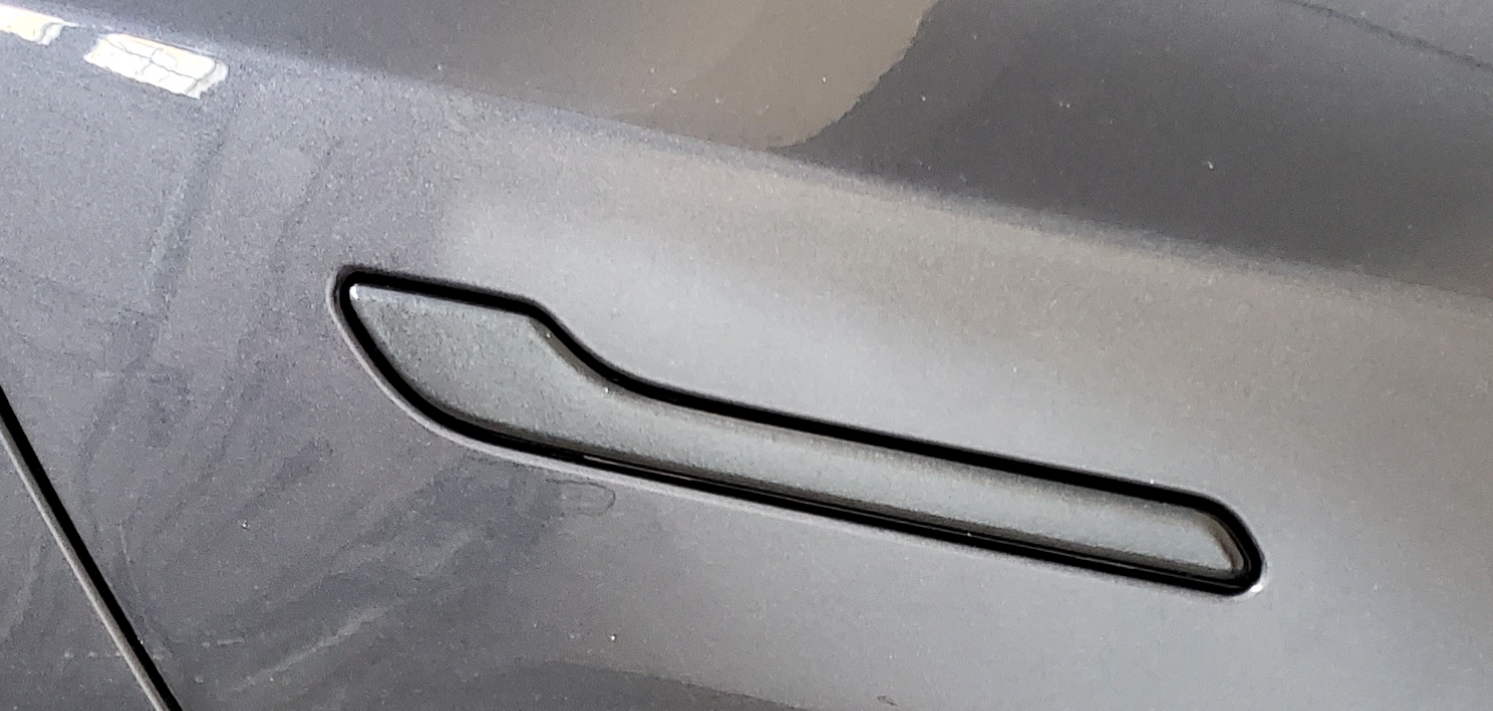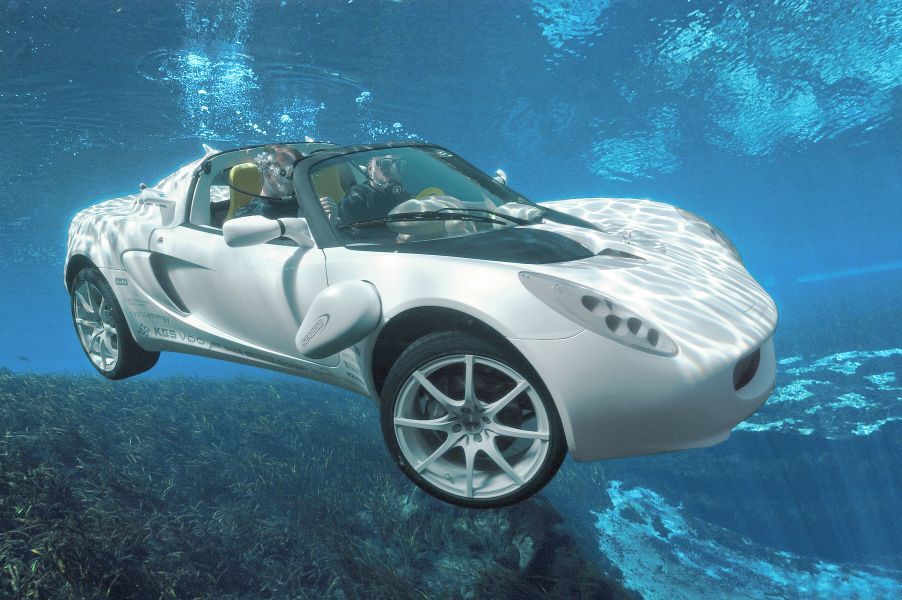The most important aspect of manufacturing a car is to firstly ensure it's safe enough to drive and carry passengers along. Today's driver assistance features have scaled unimaginable heights - and this is not something we could've said about 20 years ago. Every year sees something newly introduced in a segment that further adds to the price of the car and the value of the lives investing in that segment.
Crash test norms keep getting more stringent, and the most recent of them has created a lot of debate over the internet. According to Australian publication, CarExpert, Australian testing authority ANCAP is coming up with a rather unusual, but useful idea that will add to the crash test criteria, which is likely to come into effect in early 2023.
Testing new cars underwater might seem a bit alien to a lot of us, but it is also one of the reasons why a lot of people lose their lives when the car is submerged in water. A car's underwater performance will become as common as having multiple airbags in a car, but there's no denying it's going to take a while to get there.
Escaping From Your Car, Underwater
These underwater tests will help in gauging how quickly, and easily, a passenger can get out of the car well before it slowly, but surely sinks to the bottom. For a car to receive a full, five-star rating, it must be escapable for as long as the water pressure on the outside isn't intense, keeping all openable parts jammed. A lot of you are likely to find it ridiculous for car manufacturers to carry out something like this, but not if you hear the number of death rates caused to a vehicle getting submerged.
When you accidentally drive into a lake or a river, the car floats for a bit, but once the water starts seeping in, the passengers inside will start to panic, and in a disturbed state of mind, may not be able to do anything, leaving them helpless and doomed. Breaking one of the windows or the windshield might be an idea, but most people are simply not brave enough to elbow/fist the glass open, particularly in unforeseen circumstances.
Underwater Car Testing Will Give Us A Lot Of Answers
ANCAP's testing demands that the car's passengers should have immediate access to opening the doors, and rolling down electric windows for up to 10 minutes, once the car is in the water. Automakers are expected to work around it, and come up with a clever solution, because, as we'd mentioned earlier, breaking strong glass open, takes a lot of courage.
Deaths caused by vehicles getting submerged are rather rare in the United States and Canada. As per the National Highway Traffic Safety Administration, an average of 384 traffic deaths in a year, between 2004 and 2007, could partly be related to drowning. The frequency of something like this isn't like changing face towels; nonetheless, it is alarming enough to give it a serious thought.
Some incidents have been reported, wherein, the passengers have experienced erratic door locking and window functions on the land itself. Now imagine the same thing happening underwater - you're probably checking your car's door functions already.
Fancy Door Technology Makes Things Worse
What's a bigger concern, is the fact that most cars these days, feature retractable door handles and other fancy technology used for opening doors. A lot of complaints have been pouring in about how Tesla cars have door handles that freeze in winter, and Elon Musk's car brand, isn't the only one incorporating these technologies. As of today, the underwater testing idea is yet to fully come into effect, but we don't see why it would take any longer for markets like ours to get cracking on the same testing norm.
Underwater Testing Will Soon Be A Common Protocol
Automakers will have to come up with solid evidence, showing how best they can work around getting passengers out of a sinking car. Even if it isn't scientifically possible to defeat the water pressure, they will have to find a way of breaking the glass open from the inside - and by that, we don't mean including accessories like a full-metal torch, spanners, and crowbars upon the purchase of the vehicle.
There needs to be a technological solution to help the passengers exit the vehicle in such an instance. This also needs to be printed in the car's owner's manual, guiding the trapped passengers on how to do what, and when. It is reported that automakers will be awarded points for Adult Occupant Protection, provided their products meet the submergence norms.
In addition to this, the ANCAP will also come up with an aspect that focuses on child presence detection systems. This feature will have to monitor the back seats and doors to notify the driver or emergency services if the child is locked inside the car.
The ANCAP thinks that alerts could come through audible warnings on an infotainment system, the constant blaring of the horn, or maybe even send out a text message on the driver's smartphone. The folks at ANCAP also want to encourage car buyers to look at this as a basic necessity in a car, without which, it wouldn't be a safe purchase. If there's one automaker who'd rule the roost in this case, it would be Volvo with its passenger vehicles.
Sources: Australasian NCAP, CarExpert Australia

